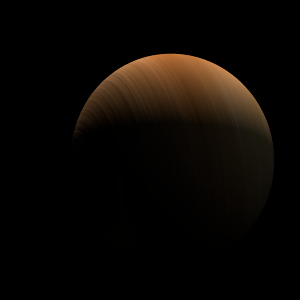|
|
Space Astro
|
Info for exoplanet "Orix"
| Scientific (actual) data |
|---|
| Planet | EPIC 201295312 b |
| Planet status | Confirmed |
| Planet mass | 0.0379 |
| Mass sini | 0.0378 |
| Radius | 0.245 |
| Orbital period | 5.65639 |
| Orbit eccentricity | 0.12 |
| Inclination | 86.6 |
| Discovered | 2016 |
| Updated | 2016-02-08 |
| Tzero tr | 2456810 |
| Impact parameter | 0.43 |
| Publication | Published in a refereed paper |
| Detection type | Primary Transit |
| Mass detection type | Radial Velocity |
| Radius detection type | Primary Transit |
| Star name | K2-44 |
| Right ascension | 174.01° |
| Declination | -2.52° |
| Mag v | 12.5 |
| Mag j | 11.018 |
| Mag h | 10.696 |
| Star distance | 483.19 |
| Star metallicity | 0 |
| Star mass | 1.15 |
| Star radius | 1.58 |
| Star temperature | 5912 |
| Star alternate names | 2MASS J11360278-0231150, EPIC 201295312, WISE J113602.78-023115.2 |
| Wikipedia article | EPIC 201295312 b |
Back
| |
| Fictional info (?) |
|---|
| Suggested name | Orix |
| Planet type | Small cold gas planet |
| Orix is the fourth planet from K2-44 and the second-smallest planet in its solar system. It has the longest rotation period (445 days) of any planet in its solar system and rotates in the opposite direction to most other planets.
When viewed from Deneme, Orix can reach an apparent magnitude of -3, bright enough for its reflected light to cast shadows, and making it on average the third-brightest object in the night sky. The planet is named after the deity Orix, the messenger of destruction.
There are ongoing investigations assessing the present habitability potential of Orix, as well as the possibility of extant life. |
| Atmosphere | Molecular hydrogen | 71% |
| Ammonia | 28% |
| Oxygen | 0.05% |
| Xenon | 0.0012% |
| Atmospheric pressure | 0.15 bar |
 |
| No known satellites |
| Google search for Orix |
|
Website by Joachim Michaelis
|
|
|
|